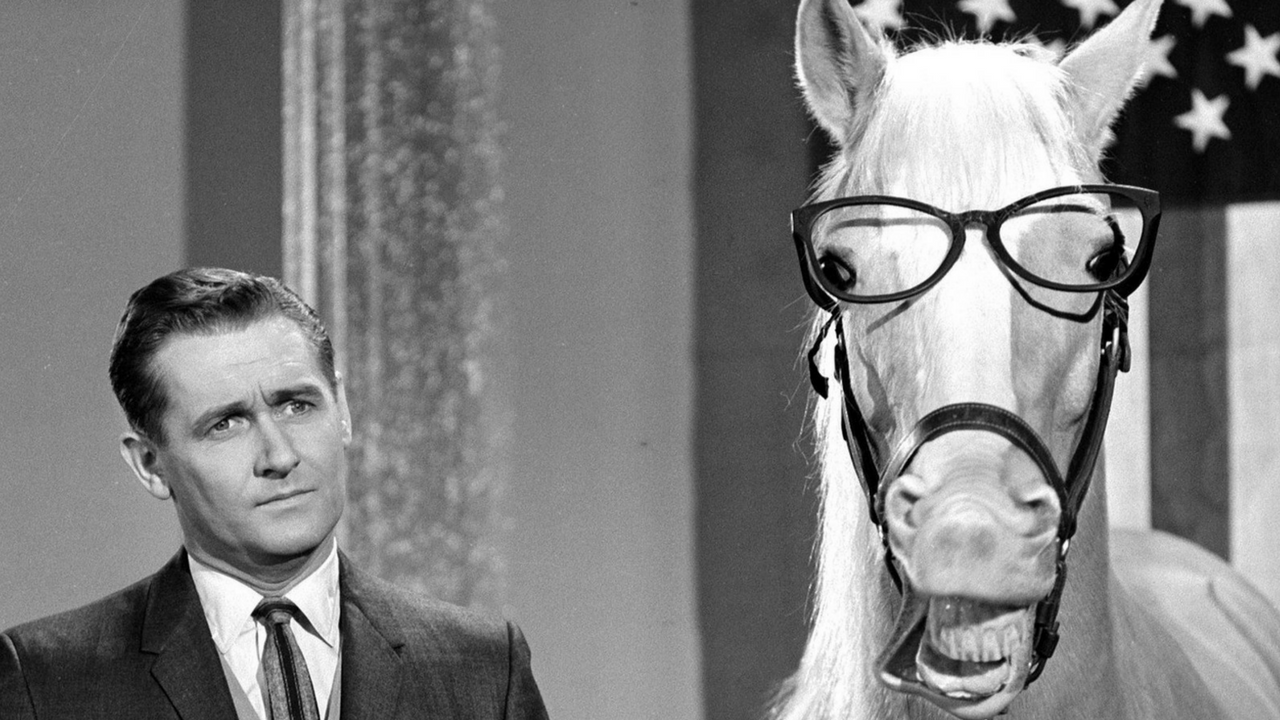
Once I'd decided that both horse and rider were best served by teaching owners to train their own horses, it became more important than ever that I had a means of measuring and comparing all aspects of the training process. Last time we talked about anthropomorphic terminology and it became very obvious to me that this needed to be updated.
For example, without lengthy and subjective explanation, it's impossible to know if a disrespectful horse has become more respectful. The dictionary defines disrespectful as having low regard or esteem for someone else or thinking very little of them. Consequently, to say a horse is disrespectful we really have to know what the horse is thinking. Now, I've been called a Horse Whisperer more than I care to mention but really.....?
Unless our horse is Mr Ed, we really can't know what the horse is thinking so the best we can do is address the behaviours we can see and measure. If the horse 'gets in our space' we can teach the horse to lead, if it pins its ears at feed time, we can teach a new pattern of behaviour that addresses that or if the horse goes to bite when we saddle it, we might be more likely to look for a pain issue than simply dump the behaviour in the 'disrespectful horse' bucket.
Anything that broadly generalises or classifies the horse is more likely, in the long term, to put that horse's welfare at risk because it leads us to make assumptions about what the horse knows, what it is thinking and its intentions. On the other hand, if we break down this overall 'feeling' we have into individual behaviours, we are better able to address each one individually and more likely to do it with a positive attitude towards the horse.
If you've ever known a horse that has been called disrespectful, what behaviours do you think led to that? Let me know in the comments below.
If you'd like this series delivered directly to your inbox, click here.

